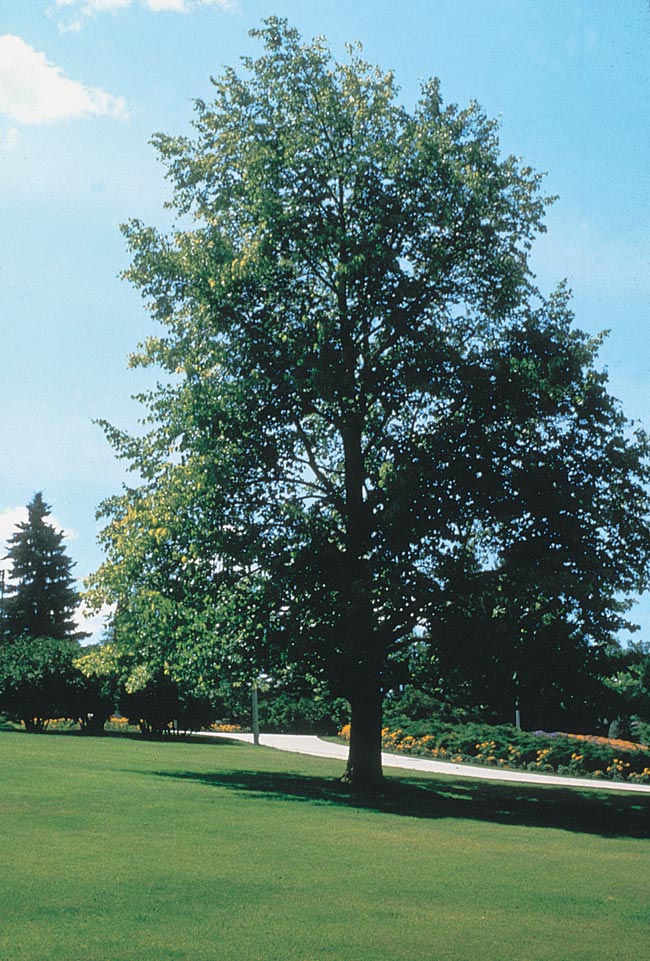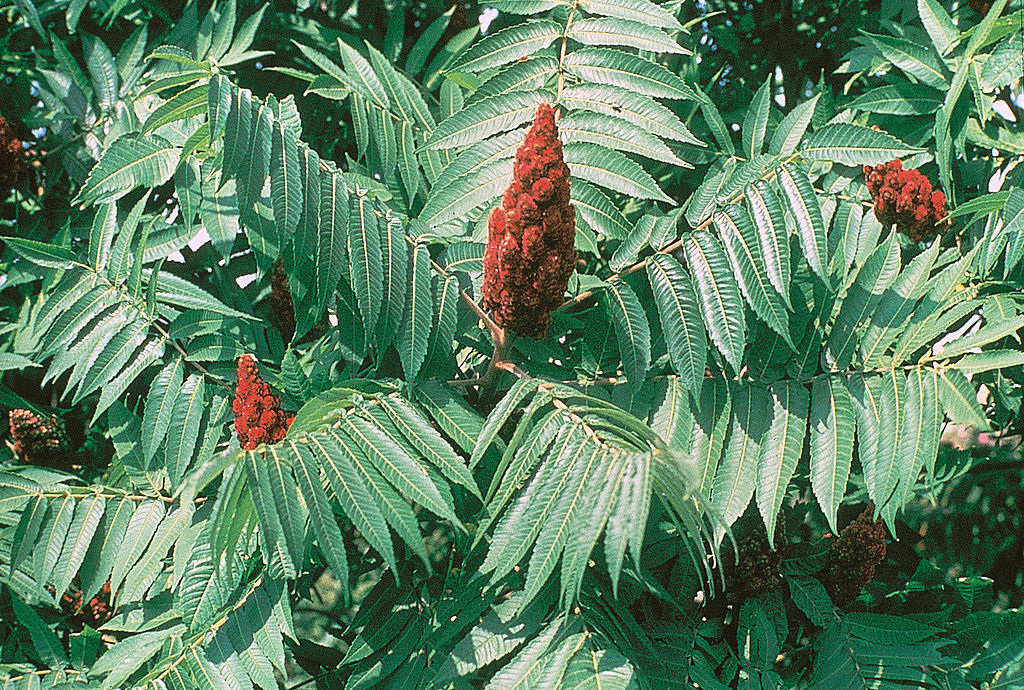Fall has always been my absolute favorite time of year. If it were socially acceptable, I’d disappear into the mountains until the amazing holidays promised by that fall fell upon us.
The first signs of autumn are the “THUNK, THUD, THUD” that occur roughly every few minutes or so as the walnuts fall from the trees. Following a windy day, I can fill a 5 gallon bucket with walnuts in about 2 minutes. After removing the husks, they are used to tan deer capes ensuring minimal waste when I kill the animal. Similarly, most tree crops are harvested in the fall including most pome and stone fruits as well as almost all nuts. Fall is when my foraging skills are best utilized mostly because my knowledge of trees is much greater than that of fungi and herbaceous plants. Plus I can plant garlic, salad greens and my favorite brassicas into the garden.
Second, the morning cadence of sounds shifts. Instead of songbirds chirping their morning wake up alarm, migrating birds dominate with a more steady and droning rhythm that closely resembles the sound of rain falling on the metal roof. Every day this week I awoke thinking more rain was falling.
Thirdly comes the autumn favorite of everyone: vegetative changes as plants harvest back mobile nutrients in preparation to winter. Black gums and sourwoods seem to catch on fire turning a ruby red followed by similar colors in maples and viburnums. Walnuts then turn gold then lose their leaves all in one swift action. White ashes usually turn yellow with a few extraordinary specimens turning burgundy. Elms (well… hackberries in my case), birches, hickories and beeches turn a similar gold. Lastly, the oaks will turn a rich, deep burgundy that signals peak autumn color season. Similarly, the undergrowth and herbaceous plants die back for the year making outdoor adventures all the more fun and accessible.
Fourthly, fall seasonal beers are my favorite as long as some balanced specimens survive the craft scene’s gold rush to put out the most heavily spiced, bitter or over the top beers. Similarly, autumn contains my favorite holidays either celebrating harvest or appealing to my morbid curiosities.
Most favorably, bugs start dwindling! ***
Finally, If I had to pick a singular activity as my favorite, there is not a shred of doubt that it is deer hunting. Sourcing healthy and clean meat in a humane, sustainable manner is very important to me. Last year I reached 85% of my meat consumption sourced from white tailed deer. That figure of wild game consumption would be 100% if American Buffalo had not been extirpated from the region. Since that is the case, my cattle will fulfil the ecological niche of the extirpated Bison while chickens fill the niche of Buffalo Birds, now called cowbirds since there are no more buffalo. I personally fill the niche of controlling population numbers to ensure species survival/health formerly held by wolves and mountain lions; both of which have also been extirpated.
Bam… You just learned why I hunt and why I farm in one, uncharacteristically concise paragraph!
***I have to qualify the bugs statement after this year. Those in power in our society will never cease to amaze me at their sheer stupidity or stubbornness or greed in globalization that is destroying our natural resources. They haven’t learned from chestnut blight, dutch elm disease, emerald ash borer, thousand cankers disease, white pine blister rust, hemlock wooly adelgid, Ailanthus aka Tree of Heaven infestations, Royal Paulownia infestations, kudzu and wisteria infestations, Autumn Olive, asian citrus psyllid that could end citrus production in Florida, mimosa trees, japanese beetle, stinkbugs, avian flus and many many more.
Holy moley the bane of my existence is out in force this year: brown marmorated stink bugs. I get swarmed by these pests constantly while deer hunting. Last night I was drawing my bow on a mature buck when one landed on my nose and one on my thumb. I’ve even taken videos in my treestand of the pests with their thunderous and clumsy flying skills. I know they are harmless to my person and I even have zero fear of bugs with a fearsome reputation, but try to sit still and not startle a herd of deer when what sounds like a cargo plane [or less hyperbolic: a hornet) flies into your face! If I have to find a silver lining, it would have to be the constant scent cover provided by these foul pests. Furthermore, there is a new biting stink bug invasion on the horizon following the spread of a [surprise surprise!] another invasive species. 😦
Similarly, my bees are complete assholes now. Sorry for the language, but there is no getting around it. Understandably, they are in full defensive mode to protect their vital winter stores which is a great and beneficial behavioral habit. However, this also means they shoot at my protected face like bullets and have taken to following me and my truck hundreds of yards away from the hive constantly trying to sting which prevents me from being able to de-suit! Luckily, I really only have to feed them until it gets cold which is not invasive to the hive. Once it gets colder, I’ll put some newspaper in the hive, give them a pile of granulated sugar to munch on, then seal the hive up for the winter and hope for the best until spring.
In the end, I’ll happily take the bad with the good. For the bad, the USDA has put its top minds on the stinkbug issue and has even identified an attractant. In regards to my bees, their defensiveness helps ensure that they can defend the hive from invading robber bees. Plus I have some of my favorite beers to knock back and calm the nerves after the peace of deer hunting is compromised by stink bugs!











